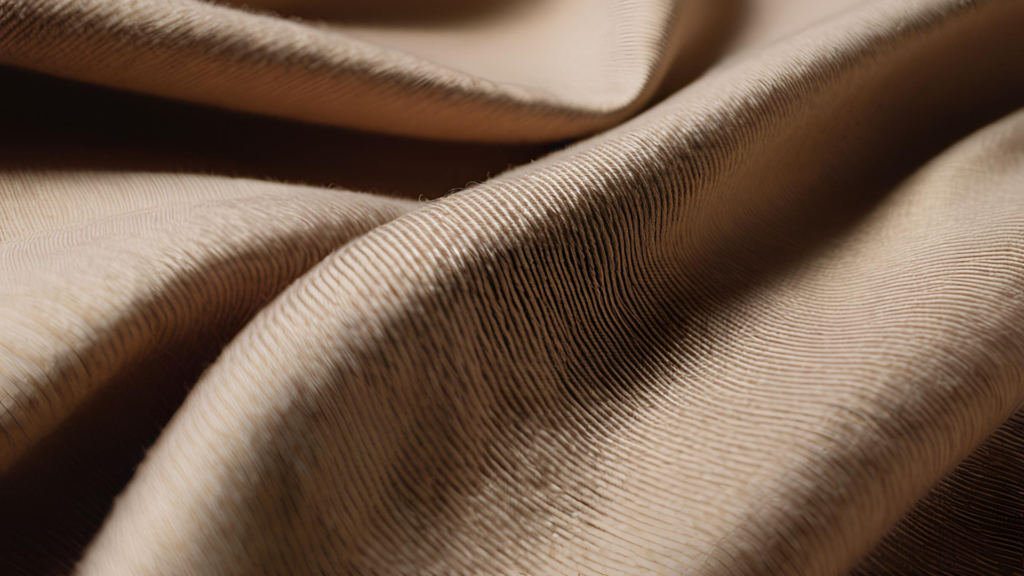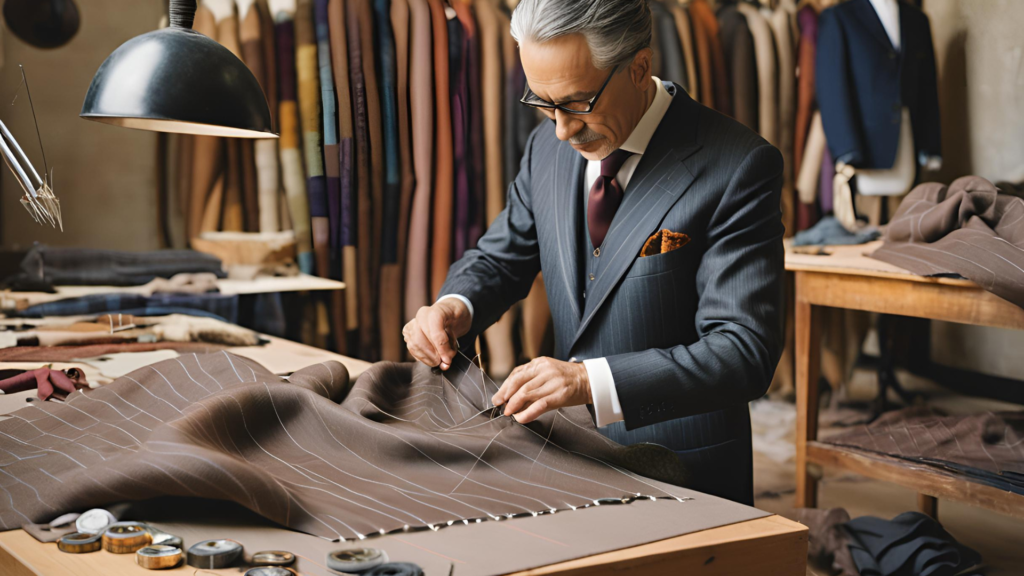Luxury Wool Suit Price
Wool suits are synonymous with elegance, sophistication, and quality. But if you’ve ever shopped for one, you may have been surprised by the price tag. Why do wool suits cost so much? Is the price justified? In this article, we’ll break down the hidden costs of luxury fabrics and explain why a luxury wool suit price is often higher than other materials.

By understanding the factors that contribute to the pricing of wool suits, you can make an informed decision when investing in high-quality attire. Whether you are a fashion enthusiast or a professional looking for a durable and stylish suit, this guide will provide valuable insights.
The Role of Wool in Luxury Suits
Wool has been the preferred choice for high-end suits for centuries due to its durability, breathability, and refined look. The quality of wool varies based on factors such as:
- The breed of sheep it comes from
- The processing methods
- The weaving and finishing techniques
A high luxury wool suit price is often a reflection of the premium wool used in its construction. Wool fibers are naturally elastic, allowing them to maintain their shape and resist wrinkles better than synthetic alternatives. Additionally, wool provides excellent moisture-wicking properties, keeping you comfortable in various climates.
Different breeds of sheep produce different wool qualities. For example, Australian Merino wool is prized for its fineness and softness, while British wool is known for its durability. The rarer the wool, the higher the cost. Some luxury suits incorporate blends of different wools or even exotic fibers like Cashmere or Vicuna to enhance texture and feel.
Another factor contributing to the luxury wool suit price is sustainability. Ethical wool farming practices, such as those ensuring animal welfare and reducing environmental impact, increase production costs but lead to higher-quality materials.
Factors That Affect the Luxury Wool Suit Price
1. The Quality of Wool Used
The type and quality of wool greatly impact the cost of a suit. Premium wools such as Merino, Cashmere, and Vicuna command a higher price due to their superior softness, fineness, and insulation properties.
- Merino Wool: Sourced from Merino sheep, this wool is known for its softness, elasticity, and breathability. High-quality Merino wool contributes to a higher luxury wool suit price.
- Cashmere Wool: Extracted from Cashmere goats, this wool is extremely soft and lightweight but expensive due to limited supply.
- Vicuna Wool: The rarest and most luxurious of all, Vicuna wool comes from Peru and is one of the most costly wool fibers in the world.
2. Processing and Manufacturing Costs
Wool goes through extensive processing before it becomes a suit fabric. This includes shearing, cleaning, spinning, dyeing, and weaving. High-end manufacturers invest in precise craftsmanship, which further elevates the luxury wool suit price.
- Shearing and Cleaning: Wool must be carefully sheared from sheep to avoid damaging the fibers. It is then cleaned to remove dirt, grease, and lanolin, a natural wax found in raw wool.
- Spinning and Weaving: The cleaned wool is spun into fine threads and woven into fabric using advanced looms. The density and tightness of the weave impact the durability and drape of the suit.
- Dyeing and Finishing: Luxury brands use natural dyes and finishing processes that enhance the fabric’s softness, strength, and appearance. Some suits undergo special treatments, such as water-resistant coatings or anti-wrinkle technology, which further increase production costs.
Sustainable wool processing methods, such as eco-friendly dyeing techniques and fair-trade sourcing, also contribute to a higher luxury wool suit price but ensure better quality and ethical production.
3. Weaving and Fabric Construction
The way wool is woven determines its durability, texture, and drape. Common weaves for wool suits include:
- Twill Weave: Durable and wrinkle-resistant, adding to the luxury wool suit price.
- Herringbone Weave: Recognized for its zig-zag pattern, offering a unique aesthetic appeal.
- Plain Weave: Lightweight and breathable, ideal for warm climates.
The finer the weave, the more expensive the suit.
4. Handmade vs. Machine-Made Suits
A significant factor in the luxury wool suit price is whether the suit is handmade or machine-made.
- Handmade Suits: Require skilled tailors who spend hours perfecting each piece. The precise stitching, custom fit, and attention to detail make these suits costly.
- Machine-Made Suits: While more affordable, they lack the personal craftsmanship of handmade suits.
5. Brand and Prestige
Luxury brands like Ermenegildo Zegna, Brioni, and Tom Ford charge premium prices for their wool suits because of their heritage, exclusivity, and craftsmanship. Buying from a renowned brand often means paying extra for the label, contributing to a higher luxury wool suit price.
6. Customization and Tailoring
A bespoke or made-to-measure wool suit is more expensive than an off-the-rack option. Customization allows you to choose the fabric, fit, and finer details, increasing both the quality and the cost of the suit.

- Bespoke Suits: Crafted from scratch to match your exact measurements and preferences. These suits require multiple fittings and can take weeks or months to complete.
- Made-to-Measure Suits: A semi-custom option where a base pattern is adjusted to fit your body, offering a balance between affordability and personalization.
- Alterations and Finishing: Even an off-the-rack wool suit may require alterations to achieve the perfect fit. Luxury tailors use hand-stitched detailing and premium lining materials, adding to the final luxury wool suit price.
The level of customization available for luxury wool suits is unmatched. Clients can select from various lapel styles, buttons, linings, and pocket designs, further enhancing the exclusivity and price of the suit.
Why a Luxury Wool Suit is Worth the Investment
Despite the high luxury wool suit price, investing in a quality wool suit offers several benefits:
- Longevity: A well-maintained wool suit can last decades.
- Comfort: Wool adapts to body temperature, keeping you warm in winter and cool in summer.
- Aesthetic Appeal: Wool suits drape well and retain their shape better than synthetic alternatives.
- Resale Value: Designer wool suits hold value and can be resold at a good price.
How to Justify the Luxury Wool Suit Price When Buying
If you’re planning to invest in a high-end wool suit, consider the following tips:
- Check the Fabric Label – Look for premium wool types such as 100% Merino, Cashmere, or Vicuna.
- Feel the Texture – Quality wool should feel soft and smooth, not rough.
- Examine the Stitching – Hand-stitched suits have precise, even stitches.
- Check the Fit – A well-fitted suit enhances your overall appearance.
- Consider the Brand Reputation – Established brands are more reliable in terms of quality.
Conclusion
Understanding the factors behind the luxury wool suit price can help you appreciate why these suits are expensive and whether they are worth the investment. From the rarity of the wool to the craftsmanship involved, every aspect contributes to its premium cost.
If you value durability, elegance, and exclusivity, a wool suit is a worthy addition to your wardrobe. Have you invested in a luxury wool suit? Share your experience in the comments!
